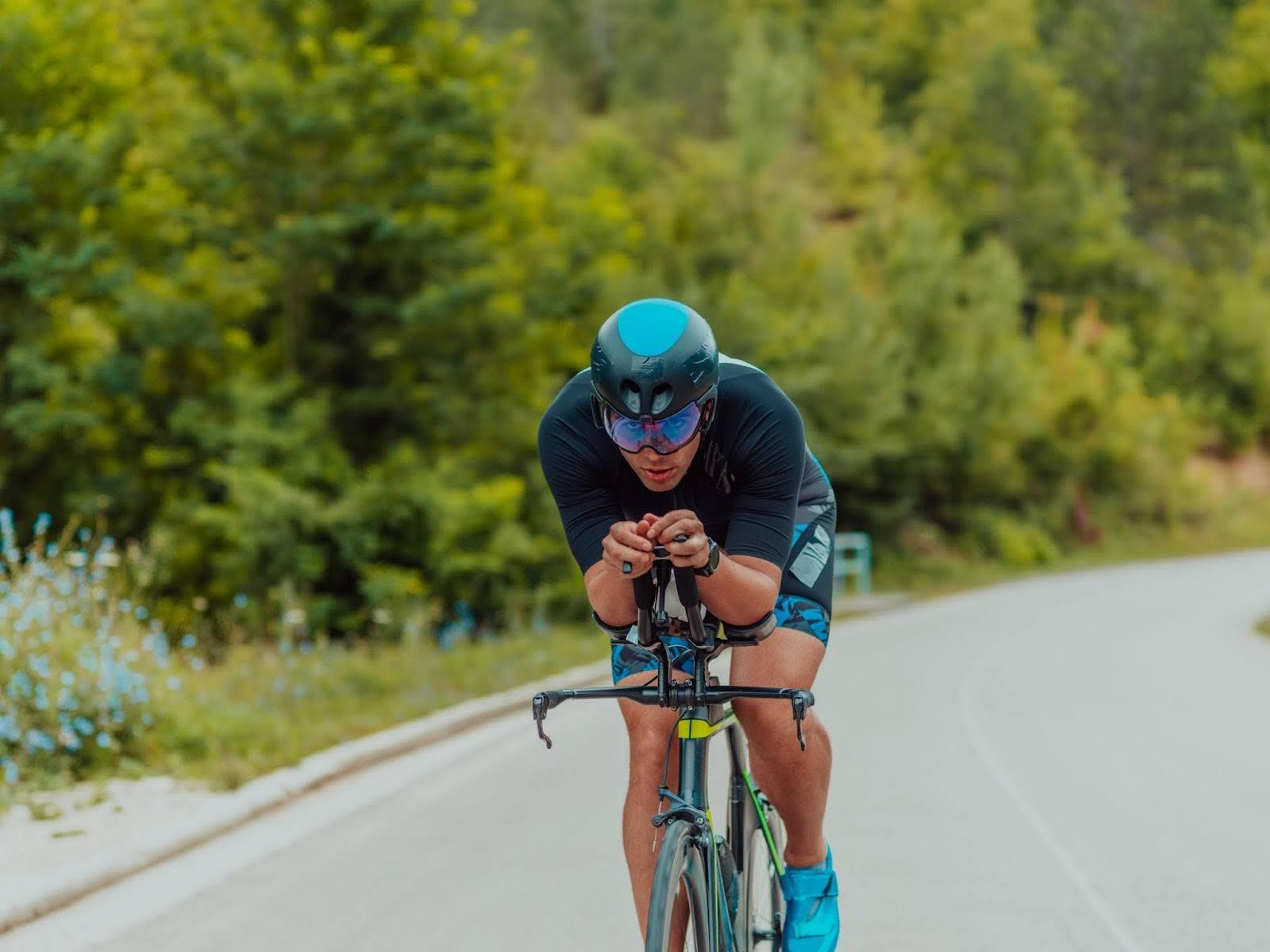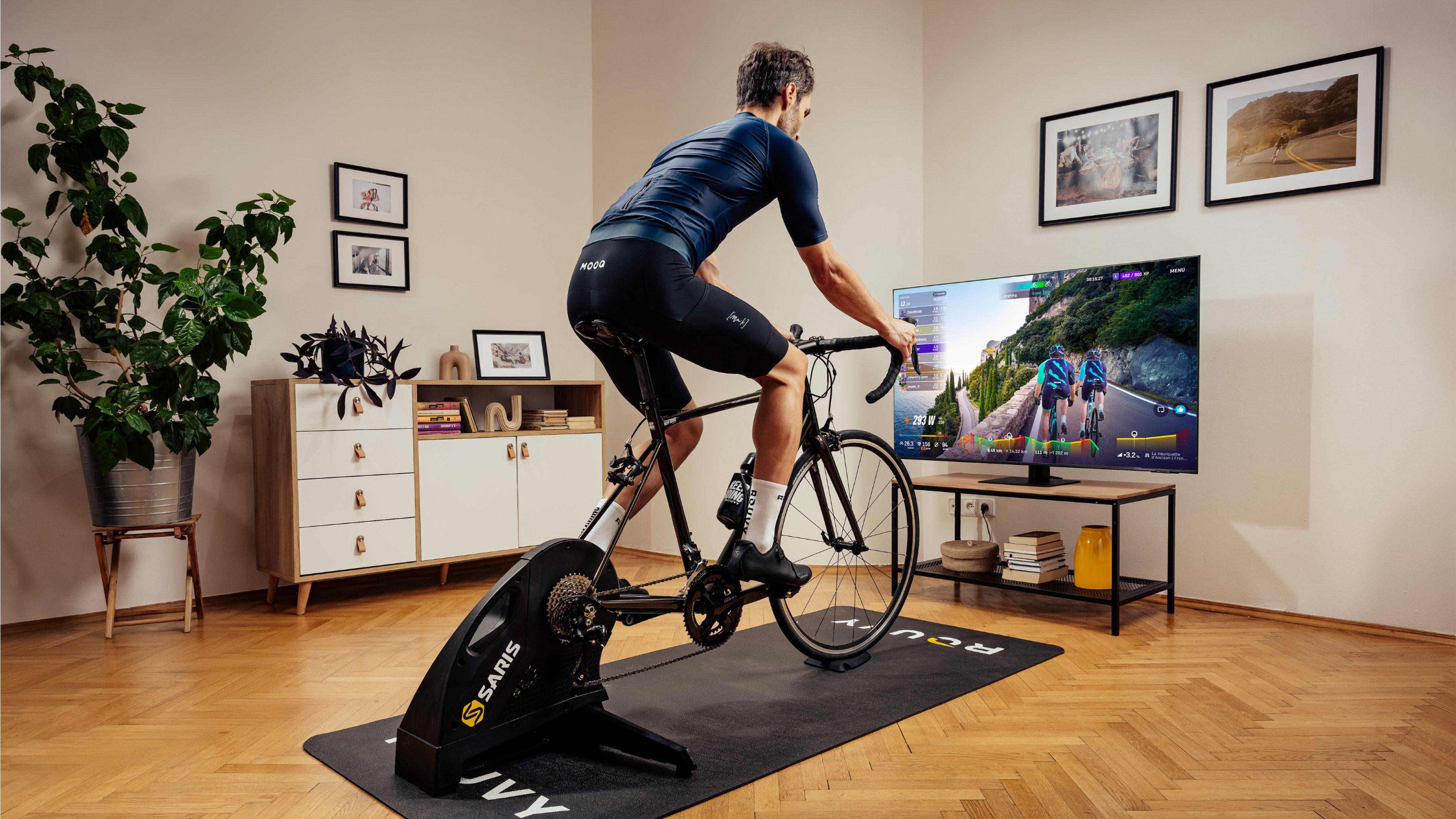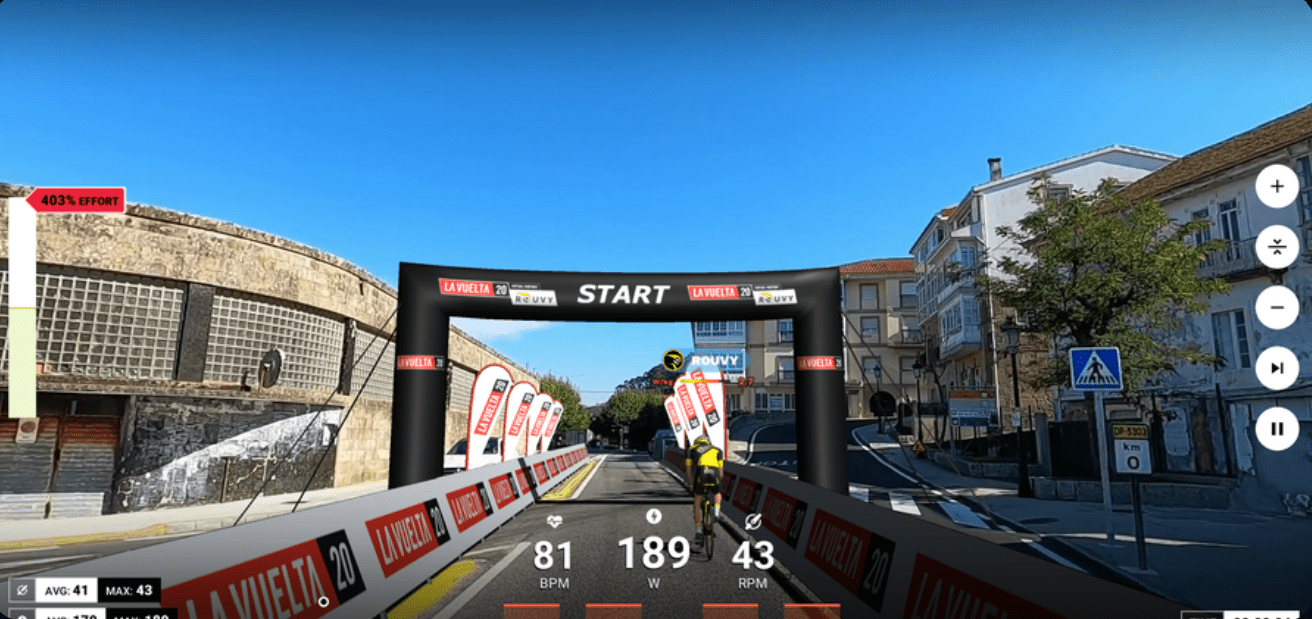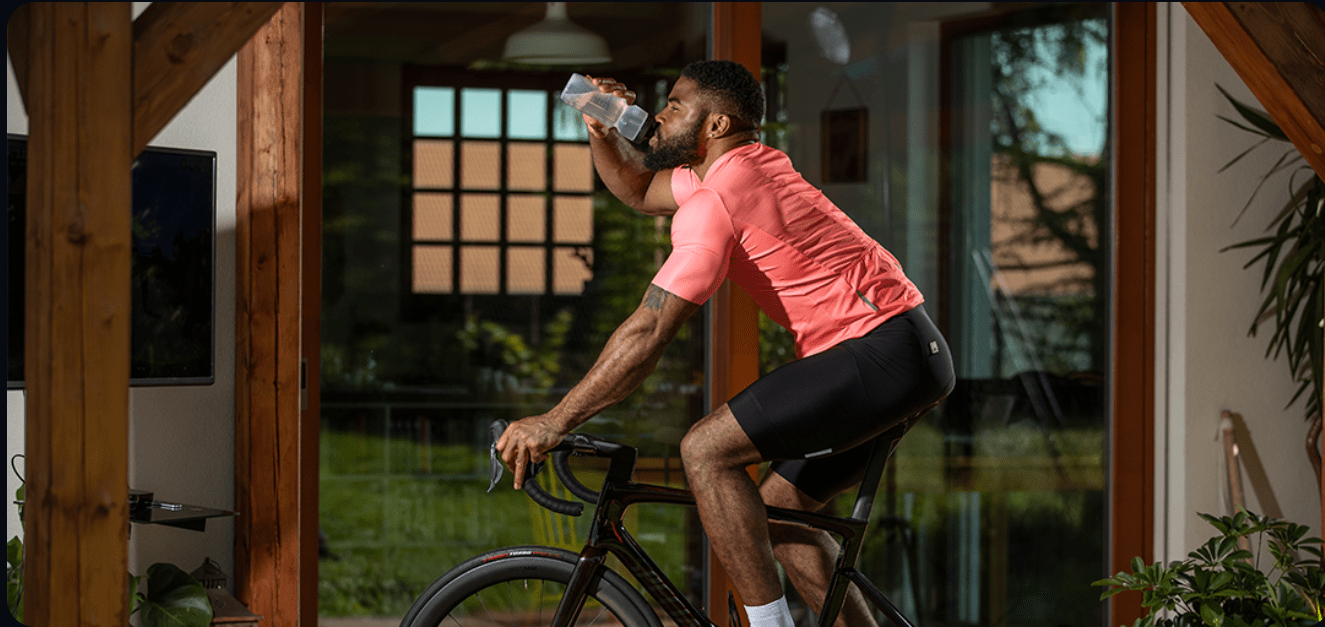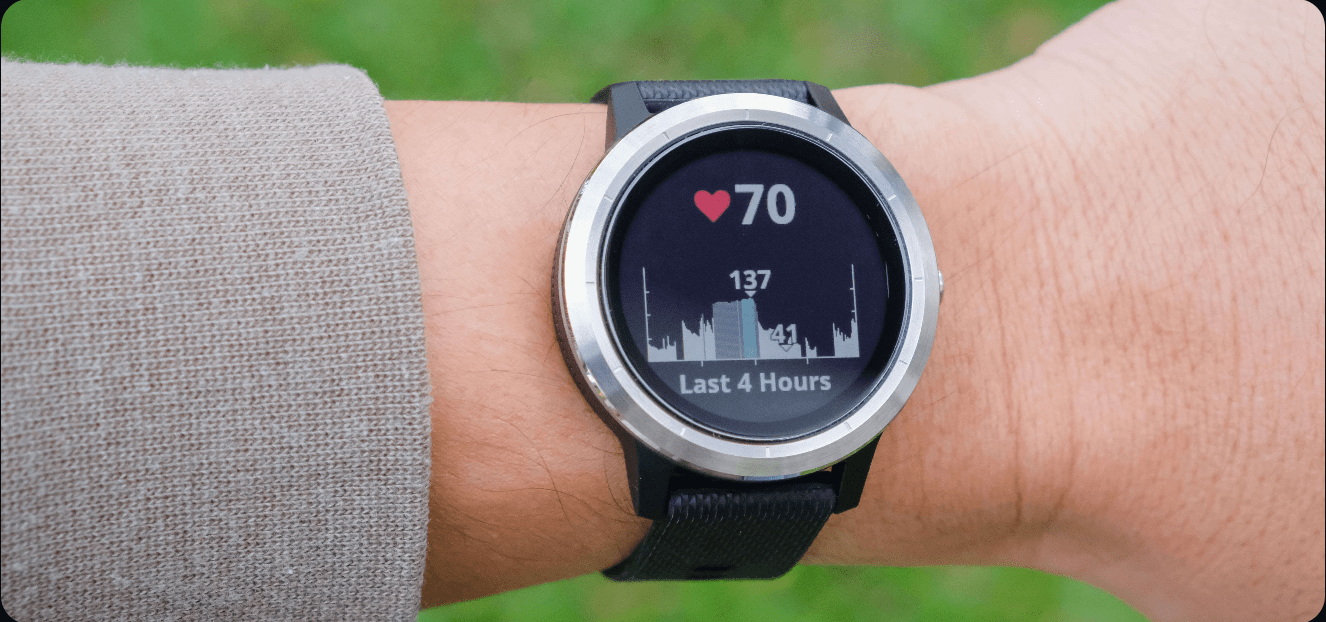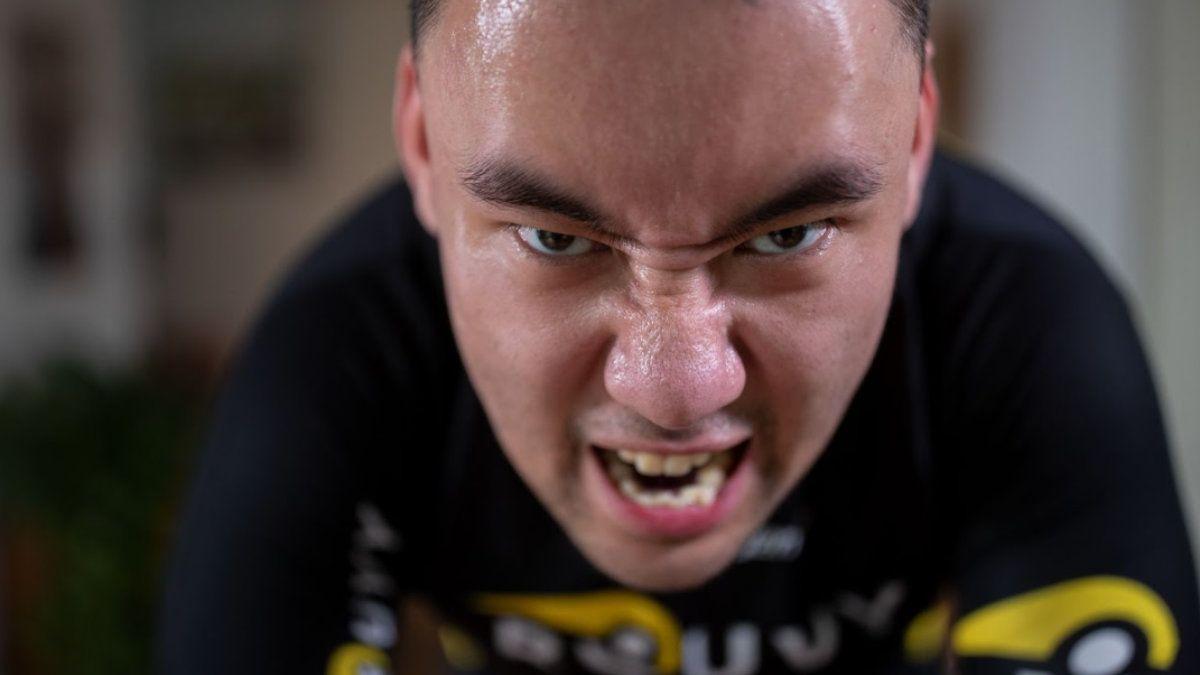Smarter training starts with understanding what your numbers actually mean. Power meters and smart trainers have transformed how cyclists and triathletes train. Instead of guessing how hard a ride was, we can now quantify it precisely. That’s where Training Stress Score (TSS) comes in.
TSS converts every second of power data into a single number that reflects how much physiological strain you placed on your body. It bridges the gap between science and real-world training, helping you plan your workload, manage fatigue and balance training and recovery over time.
Whether you’re following one of the structured ROUVY workouts indoors or logging long endurance rides outside, understanding TSS can help you train more efficiently – and progress more consistently.
Why TSS matters
Cycling has always been about numbers – speed, distance, cadence, power – but none of those alone tell you how stressful a ride truly was. Two sessions might have the same average power, yet feel completely different depending on how variable the effort was.
That’s the problem Training Stress Score was designed to solve. It combines both intensity and duration into one comparable score. The longer and harder you ride (relative to your current fitness), the higher the TSS.
TSS matters because:
It helps you quantify how much training stress your body is accumulating.
It allows you to plan recovery days intelligently.
It provides a foundation for long-term tracking of fitness and fatigue.
Key takeaway: TSS measures how much work your body has done, not just how far or how fast you went.
What is TSS, really?
Put simply, TSS measures the training load of a workout based on how hard and how long you rode relative to your Functional Threshold Power (FTP) – the power you can sustain for roughly an hour.
It was created by Dr. Andy Coggan in the early 2000s to help cyclists quantify their training stress from power data. Before TSS, riders had no consistent way to compare the strain from different types of sessions. A two-hour endurance ride and a 45-minute interval session might feel equally hard, but they stress the body in different ways.
TSS solved that by introducing a common scale:
- 100 TSS = 1 hour at FTP.
- Half the effort for twice the time (e.g. 2 hours at 70 percent of FTP) also equals roughly 100 TSS.
When Dr. Coggan developed the concept, he invited a small group of coaches to test and discuss how it could be applied in real-world training. I was part of that original group – and at the time, I’d been working on a similar model using mechanical work done (kJ) to estimate training load. It turned out that Dr. Coggan’s approach was more elegant and scalable, forming the foundation for today’s Performance Manager tools used across platforms like ROUVY, TrainingPeaks and WKO5.
How TSS Is calculated (made simple)
The mathematical formula for TSS looks like this:
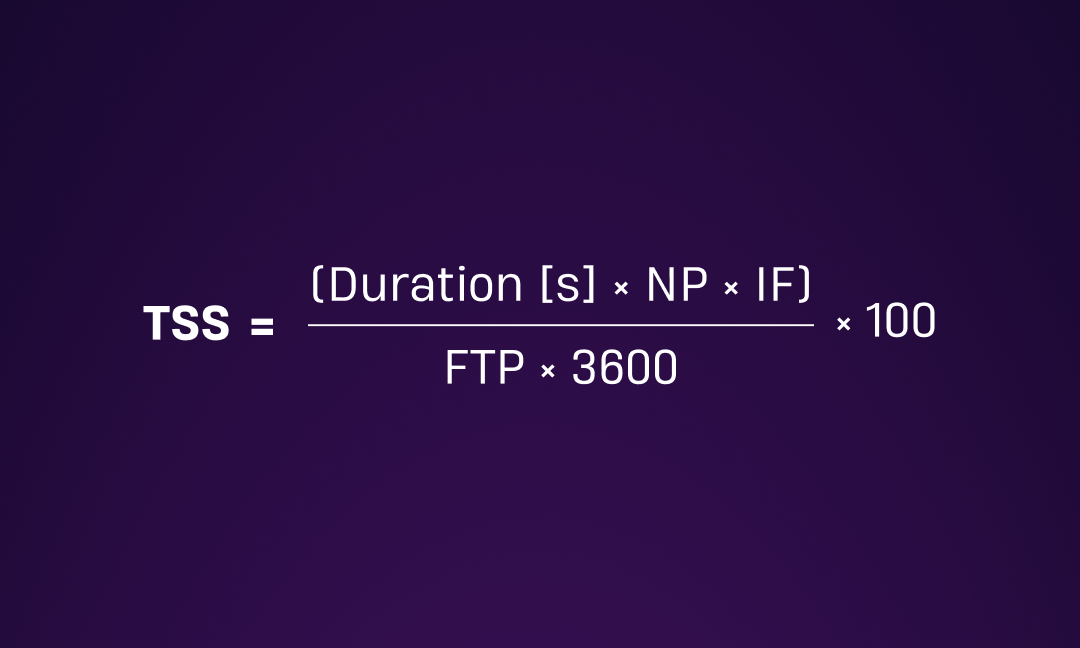
But don’t let that intimidate you. Here’s what it means in plain English.

